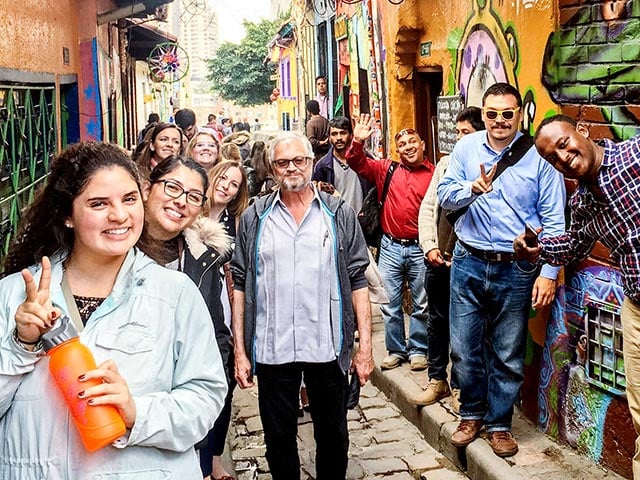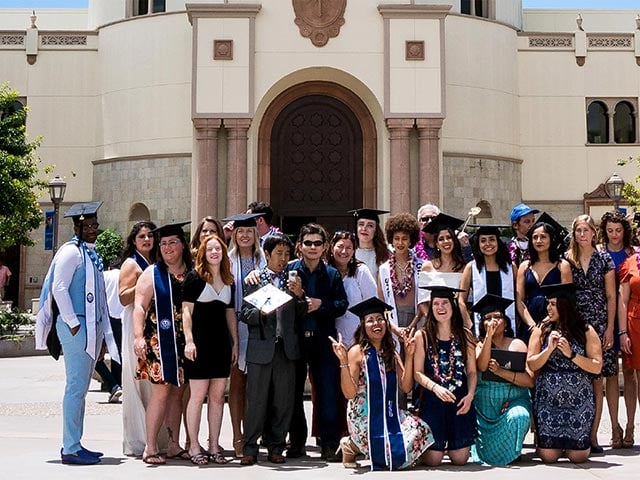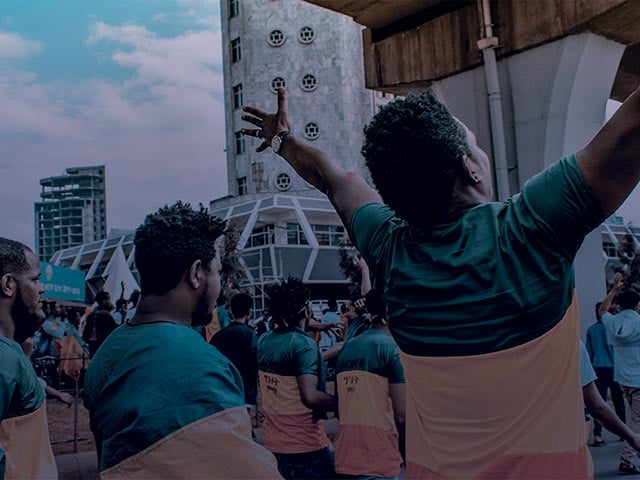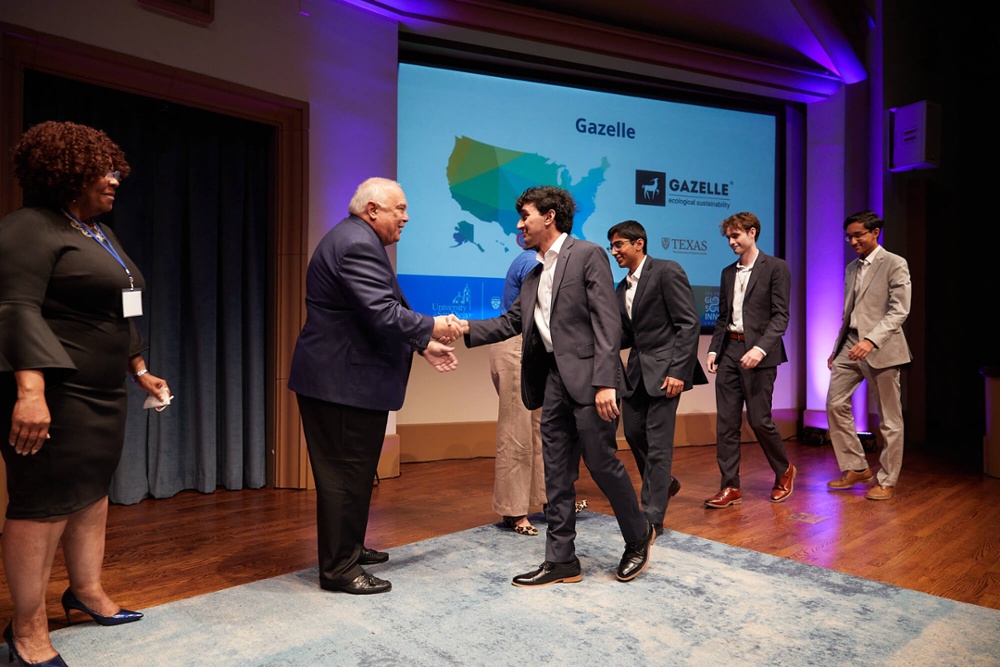Peace in Our Cities at the World Bank Fragility Forum: Exploring the Promise of Centralized Urban Violence Prevention Units
Written By Jessica Kline, Stanley Center for Peace and Security

Cities today constitute half of the world’s population. With increased urbanization comes a growing demand for public safety approaches that are grounded in a holistic understanding of community needs and avoid an over-reliance on securitized responses. One indication of this demand is the growth of centralized Offices of Violence Prevention, which serve as central hubs for localized prevention, are community-oriented, and civilian-led.
Effective, responsive, and accountable institutions are being developed in various cities, and our rapidly-urbanizing world requires policymakers and violence prevention experts to learn from these innovations. To share lessons learned and further this conversation, Peace in Our Cities brought together leading experts, heads of violence prevention offices, and practitioners for a virtual discussion at the 2022 World Bank Fragility Forum on how coordinated city-leadership efforts can better address urban violence and transform societies.
In a session moderated by Sarah Cliffe, experts LaKeesha Eure, David Muhammad, and Santiago Uribe shared perspectives on the work being done to reduce violence through centralized prevention efforts. The speakers highlighted key ingredients needed to establish effective centralized offices and discussed how city-level violence prevention efforts can connect to the broader concept of resilient cities.
David Muhammad opened the conversation with an introduction to city-level coordination mechanisms, with experience from across the United States, specifically. These units have been formalized with different names, including as Offices of Violence Prevention (OVP), Centralized Violence Prevention Units, and Offices of Neighborhood Safety. While these offices can take on different names, scopes, and sizes, each one is a local agency under city or county jurisdiction with a core focus on reducing violence. In order to be successful, leaders need to determine their overarching goal: are they trying to reduce a specific manifestation of violence over the next year, or work towards a long-term community transformation? Once decided, it is crucial to provide community services and sustained engagement with the most impacted by violence.
In the U.S., the first OVP was established in 2004 in Richmond, California. Richmond was ranked one of the most violent cities in the country before city leaders dedicated a year to designing and implementing a violence reduction unit. Richmond is now a member of the National Offices of Violence Prevention Network, a network run by The National Institute for Criminal Justice Reform, and an organizational member of the Peace in Our Cities network. The National OVP Network serves as a learning community for Offices of Violence Prevention and Neighborhood Safety throughout the U.S., with the goal of significantly increasing the expertise and effectiveness of these city agencies. The growth of these peer networks is key for sharing best practices across geographies, identifying gaps in knowledge, and building a community of violence reduction leaders at the local level.
LaKeesha Eure then shared her insights from the Office of Violence Prevention and Trauma Recovery for the City of Newark, New Jersey, which also participates in the National OVP Network. Following the killing of George Floyd and demands for action, the city of Newark reallocated five percent of its public safety budget to transition an existing police precinct into an office of violence prevention and museum. This office marries public health and safety under one umbrella with intentional prevention initiatives that address collective and generational trauma in the community. Their strategy engages community members to recognize trauma and its dimensions while engaging in promoting individual healing and community transformation.
Eure also emphasized the importance of addressing needs identified by the community itself and supporting non-securitized approaches to violence reduction. "We know that law enforcement cannot do this work alone and that it takes a community-based effort, and that people who are closest to the problem are the people who are closest to being able to solve it. So we are building equity in the work...law enforcement is a response to crimes of violence. They are not the answer. The community is the answer." To strengthen this focus on community-building, Newark's office hires one social worker for every ten police officers, and coordinates closely with a collective of community-based organizations that work with both victims and perpetrators of violence. Data-driven services, transparency, and accountability have been core to Newark's strategy. Eure emphasized that peer learning has been an important part of this journey, but that more research is needed on best practices.
How do these violence-specific initiatives connect to the broader idea of resilient cities? When Santiago Uribe worked as the first Chief Resilience Officer (CRO) for the city of Medellín, Colombia, he was instrumental in linking societal resilience to violence prevention and crime solutions. Medellín has extensive experience in tackling these challenges, including developing a centralized office three decades ago that was intentionally defined and engaged with other departments, such as agencies focused on youth, education, and health. Within these efforts, the role of the city's Resilience Office was "understanding the ecosystem of violence prevention" and explaining to other departments their role in violence reduction and the connections to broader goals across the municipality.
In the case of Medellín, engagement between local and national entities was fundamental, especially for strengthening public services, reducing inequality, and improving strategies for policing services at the local level. City collaboration with civil society and community members is also necessary to ensure that services address the community's needs and policies are shaped by those most impacted by violence. These public policies are often responsive to city-level regime changes, so there are ongoing efforts to ensure that they are embedded across civil society movements, justice systems, and coalitions of leaders to ensure their sustainability in the long term.
While there is no perfect formula for centralized offices, this session highlighted a concrete and practical step being taken by cities around the world to improve their capacity to lower violence while building peace. Experience shows that regardless of the scope and scale of OVPs, it is essential that these offices understand the needs of the community and adjust approaches with learnings over time. Coordinating strategies and capacities across cities remains a challenge in many locations, but continued dialogue and evidence-based platforms, such as those provided by Peace in Our Cities and the National OVP Network, can advance this work and generate progress on global violence reduction goals.
Interested in learning more? View the full discussion online, visit the Peace in Our Cities website, or join the conversation on social media by following #PeaceInOurCities on Twitter.
Peace in Our Cities is a global network of 22 cities and 30 organizations who are working together to achieve a 50% reduction in urban violence by 2030. The network is co-facilitated by three organizations: the Kroc Institute for Peace and Justice, the Stanley Center for Peace and Security, and the Pathfinders for Peaceful, Just and Inclusive Societies.
About the Author





